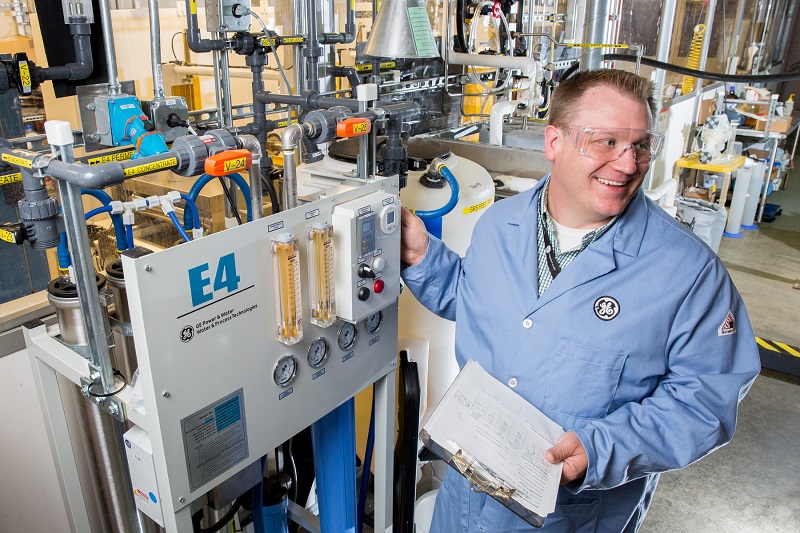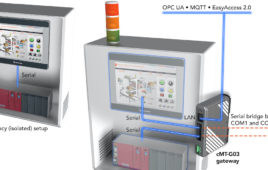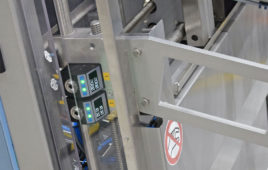
Jason Nichols at work on GE’s waste water monitoring sensors. Image credit: GE Global Research
Jason Nichols, a chemical scientist at GE, wants to use the Internet of Things to sniff out treatment problems in sewer plants. He has been working on creating a “digital twin” of the plants, gathering information from chemical ‘sniffing’ sensors to keep track of what’s going wrong in these critical facilities.
The sensors feed chemical and physical information to a cloud-based algorithm that Nichols and his team created. This is just the first step in building a “digital twin,” an overlay that allows workers to quickly see what’s going on in the complicated machinery of the plant. With the facility completely mapped out in a digital space, future problems can be predicted based on the amount of chemicals present in the air.
For example, Nichols and his team are working on helping sewage plants use the ideal amount of oxygen. Oxygen pumps keep waste ponds from reaching dangerous levels of nitrate or phosphorus, which can lead to polluted waterways. Monitoring the amount of sewage coming in and the corresponding oxygen level that is needed could help workers monitor high nitrate or phosphorous levels.
“Few people think about it, but some really expensive stuff happens after you flush the toilet,” Nichols said. “We’ve got great treatment technology, but we don’t always operate it in the most efficient fashion. If we built a digital twin of every sewage treatment plant, for example, we could save $4 billion to $6 billion globally over the next decade.”
Municipalities in the United States spend almost $100 billion per year in tax money on water and sewage treatment systems, and costs are anticipated to grow.
GE has also used the “digital twin” approach for modeling aerospace and energy projects. Nichols hopes to market it to water utilities and plant operators and to perform the first practical demonstration with a development partner.
Filed Under: M2M (machine to machine)




